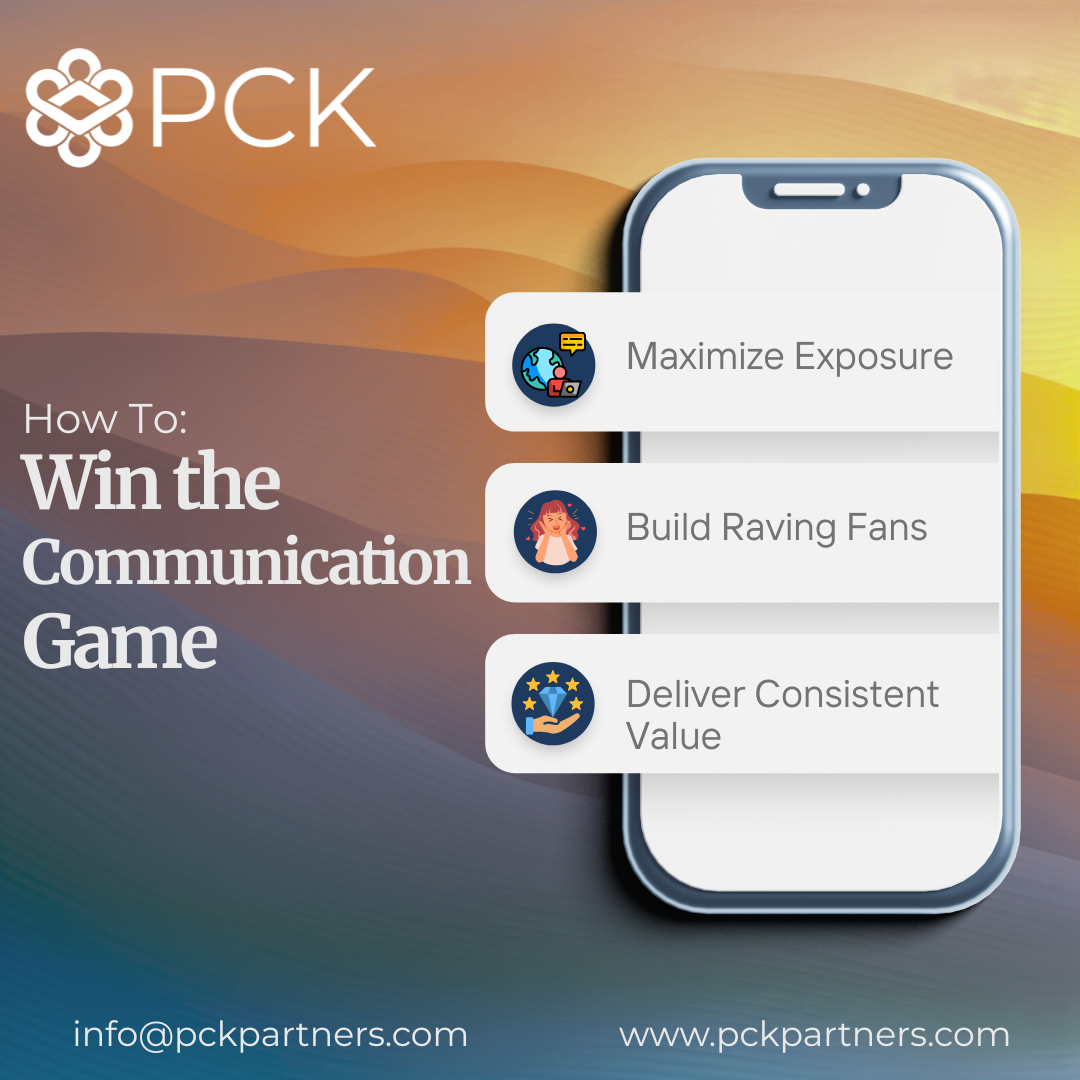Building a Winning Communication Strategy for Nonprofits
How to Maximize Exposure, Build Raving Fans, and Deliver Consistent Value
Nonprofits thrive on relationships. Whether you’re engaging donors, inspiring volunteers, or raising awareness for your mission, your communication strategy is the engine that keeps momentum moving forward. Yet, too often, nonprofits take a scattershot approach—posting sporadically, relying on word-of-mouth, or sending the occasional newsletter. The result? Missed opportunities, stagnant donor bases, and community members who simply aren’t engaged.
A strong communication strategy changes that. With the right framework, your nonprofit can maximize exposure, cultivate loyal supporters, and consistently deliver meaningful content that drives results.
1. Maximize Exposure Through Engaging Storytelling
Exposure isn’t just about posting more—it’s about making your message stick. Great storytelling turns casual observers into passionate advocates. Highlight your mission through:
Impact Stories: Share testimonials and real-life examples of the lives you’ve changed.
Behind-the-Scenes Insights: Showcase your staff and volunteers in action to build trust and relatability.
Visuals That Connect: Use photos, graphics, and short videos to make complex issues easier to understand and shareable across platforms.
The goal is to consistently keep your nonprofit “top of mind” with stakeholders, media outlets, and potential donors.
2. Grow Raving Fans, Not Just Followers
True growth happens when your audience moves from passive observers to active champions. Encourage this by:
Creating Two-Way Conversations: Ask questions, run polls, and invite your audience to share their own stories.
Recognizing Supporters: Publicly thank donors, volunteers, and partners. Gratitude builds loyalty.
Offering Value: Provide resources, tips, or educational content that ties to your mission and helps your audience in their daily lives.
Supporters (Raving Fans) who feel personally connected to your mission will not only engage—they’ll advocate on your behalf.
3. Produce Consistent, Valuable Content
Consistency is the secret to credibility. Establish a rhythm that works for your team and stick to it. A few tips:
Create a Content Calendar: Map out monthly themes tied to campaigns, seasons, or awareness days.
Repurpose Content: Turn a blog post into a newsletter feature, a social media carousel, and a short video clip.
Balance Promotion and Education: For every “ask,” provide two pieces of content that inform, inspire, or celebrate your mission.
When your audience can rely on you for meaningful content, they’ll keep coming back.
4. Cross-Promote Across Channels (and Choose between Omni-Channel or Multi-Channel Communication)
Don’t silo your communications—leverage every platform to amplify your message:
Email + Social Media: Tease newsletter content on social platforms with a link to subscribe.
Partnerships + Community Engagement: Collaborate with local businesses or fellow nonprofits to co-promote initiatives.
Events + Digital Follow-Up: Extend the reach of live events by sharing photos, testimonials, and takeaways online.
Cross-promotion ensures that no message falls flat and that you reach people where they already are.
Final Thoughts
A well-crafted communication strategy is more than marketing—it’s mission delivery. By maximizing exposure, growing raving fans, creating consistent content, and cross-promoting effectively, your nonprofit will build stronger relationships, increase engagement, and unlock new opportunities for growth.
At PCK Partners, we help nonprofits build communication strategies that not only amplify their mission but also strengthen donor trust and staff alignment. If you’re ready to elevate your outreach, we’d love to help.
👉 Let’s talk strategy.

